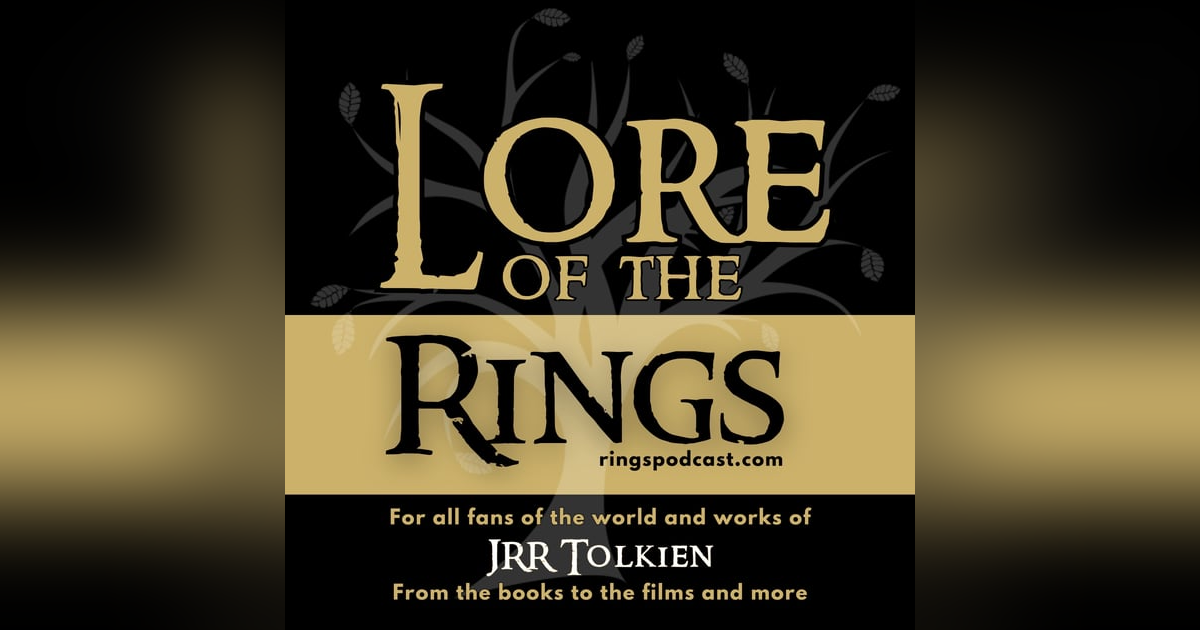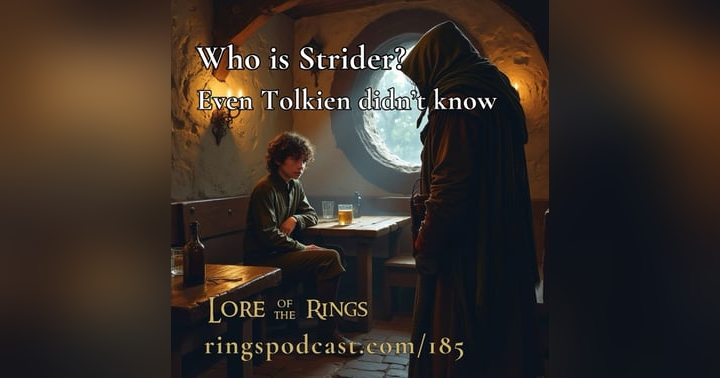Exploring the Depths of Death in Tolkien's Barrow-downs

"Turn the veil all to glass and silver . . . a far green country . . . under a swift sunrise."
— JRR Tolkien | Fellowship of the Ring | "Fog on the Barrow-downs"
This post is adapted from episode #165 of Lore of the Rings. Listen to the full episode here.
This post contains affiliate links, from which if you purchase, I may receive a small commission. Thank you for supporting the Lore of the Rings Podcast!
What are the Barrow-downs?
In J.R.R. Tolkien's rich and immersive world of Middle-earth, few chapters evoke the chilling essence of death as powerfully as "Fog on the Barrow-downs" from The Fellowship of the Ring. This chapter plunges readers into a landscape where ancient burial mounds, ominous fog, and cold shadows intertwine to create a sense of foreboding and dread. The Barrow-downs, a region of hills and burial mounds, serve as a haunting backdrop where the theme of death looms large, capturing the imagination and stirring deep-seated fears.
The concept of barrows, or burial mounds, stretches back to ancient times, a fact that Tolkien, a scholar of ancient languages and cultures, would have been well aware of. These mounds were used to bury important individuals, often accompanied by prestige goods, and their presence in the landscape of the Barrow-downs brings a sense of ancient history and forgotten lore. Tolkien draws on this rich heritage to create a setting that feels both timeless and menacing. Christopher Snyder points to several possible real-world inspirations for the Barrow-Downs in his book The Making of Middle-earth.
Symbols for death
As the hobbits journey through this eerie landscape, they are confronted with symbols and metaphors that underscore the omnipresence of death. Standing stones "point upwards like jagged teeth out of green gums," a vivid metaphor that likens the hills to a monstrous mouth ready to consume the unwary. This imagery not only evokes a sense of danger but also suggests that death is an ever-present, all-consuming force in Middle-earth.
The eastward orientation of the hobbits' resting place further amplifies the sense of impending doom. In Tolkien's world, the East is often associated with evil, being the direction of Sauron's stronghold in Mordor. When the sun's warmth fails to reach the stone where the hobbits rest, it hints at a malevolent force at work. The coldness they experience, described as "icy," symbolizes death's relentless and chilling grip. This unnatural cold, combined with the encroaching fog, creates an atmosphere thick with dread and unease.
But not all views on death are negative
Frodo's dream in this chapter provides a stark contrast to the reality the hobbits face. In his dream, Frodo envisions a peaceful journey beyond death, where a "pale light" grows stronger, transforming a "grey-rain-curtain" into "silver glass" and revealing a "far green country under a swift sunrise." This dream, reminiscent of Gandalf's comforting words to Pippin about death in The Return of the King film, presents death as a transition to a beautiful and serene afterlife. However, the reality that Frodo and his companions encounter is far from this idyllic vision.
Yet the fog, and the horror, rolls in
When the hobbits awaken, they find themselves isolated on an "island in the fog," with a "cold grey shadow" rising in the east. This shadow, along with the "two huge standing stones" that Frodo sees, signals the closing of a trap around them. The sense of isolation, confusion, and fear that envelops Frodo heightens the horror of their situation. The cold wind from the east, described as "icy," and the presence of a "tall dark figure" with "two eyes, very cold," serve as chilling embodiments of death.
The Barrow-wight, a malevolent spirit, embodies the fear of the unknown and the finality of death. Its "icy touch" that "froze his bones" paralyzes Frodo, illustrating death's power to instill fear and helplessness. This encounter vividly captures the theme of death as an omnipresent and formidable force in Middle-earth.
Tolkien masterfully uses the Barrow-downs to explore the darker aspects of death, contrasting them with moments of hope and beauty. The overwhelming darkness and coldness of this chapter serve as stark reminders of mortality, creating a narrative rich with tension and depth. Through these elements, Tolkien invites readers to contemplate the nature of death and the ways it shapes the journey of his characters and the world they inhabit.
This post is adapted from episode #165 of Lore of the Rings. Listen to the full episode here.













